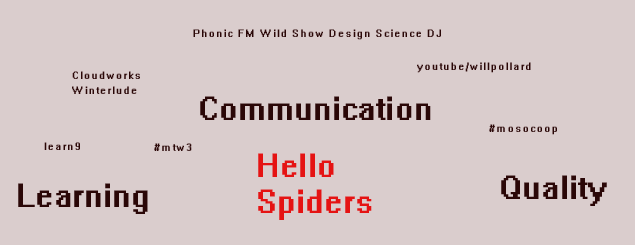Arts Council backs digital future for Animated Exeter #AnimatedExeter #IscaObscura
Arts Council England’s South West Director Phil Gibby said: ‘Animated Exeter encourages new audiences to experience digital arts and is an important event for the creative economy of Exeter and further afield. I think that the historic cathedral building will provide a spectacular backdrop to cutting edge digital art, making an impressive start to an exciting programme of workshops, films and events.’
I have now got the email with some proper copy. Just cut and paste at the moment. There will be a tidy up version next week. But the support for digital is clear enough. Just visit Spacex for a solid set of video, each with digital process in the edit. Phoenix still in a book / illustration / model tradition. Nothing wrong with that but it is welcome for the digital aspect to be recognised also.
So next week back to Paul Gillard, Sundown and other aspects of digital animation in Exeter or nearby (Penzance is not that far and Paul used to visit) For this weekend I plan to concentrate on video. VJ on Saturday by which time there should be much online from the cathedral.
More cut and paste
EXETER’S incredible history, from the Vikings to Second World War bombers, comes to life with spectacular animation projected onto the Cathedral on the 18, 19, 20 Feb. The evening extravaganza, a centrepiece of the Animated Exeter film festival (14 – 26 February), lights up the historic building with jaw-dropping images with exclusively composed music.
Funded by Arts Council England, the free event is produced by internationally acclaimed London artists Tundra*, who are producing an incredible audio-visual celebration of Exeter entitled Isca Obscura. A play on words, meaning secret or hidden Exeter, with a nod to the Camera Obscura - Isca is the Roman/Celtic name of Exeter and means flowing water while Obscura (Latin) means dark. The work will be projected across the Cathedral’s north aspect covering up to 80 x 30 metres of the ancient building’s outer walls, while interactive projections take place on the West Front.
Over the three February nights fantastical imagery will illuminate the cathedral with the city’s history, fables, and poetry, drawing on ground-breaking techniques, ranging from shadow-theatre, paper cut-outs to groundbreaking CGI.
Exeter sources have been used widely to produce the narrative. Examples include the 10th Century Exeter Book donated to the city by the first Bishop of Exeter, Leofric. The work is an ancient cannon widely regarded as the largest known collection of Old English literature, dating from 960. Other sources include local literature – such as Nicholas Orme’s Cathedral Cat, Death and Memory in Mediaeval Exeter, the Exeter Book of Riddles and Ghosts of Exeter.
